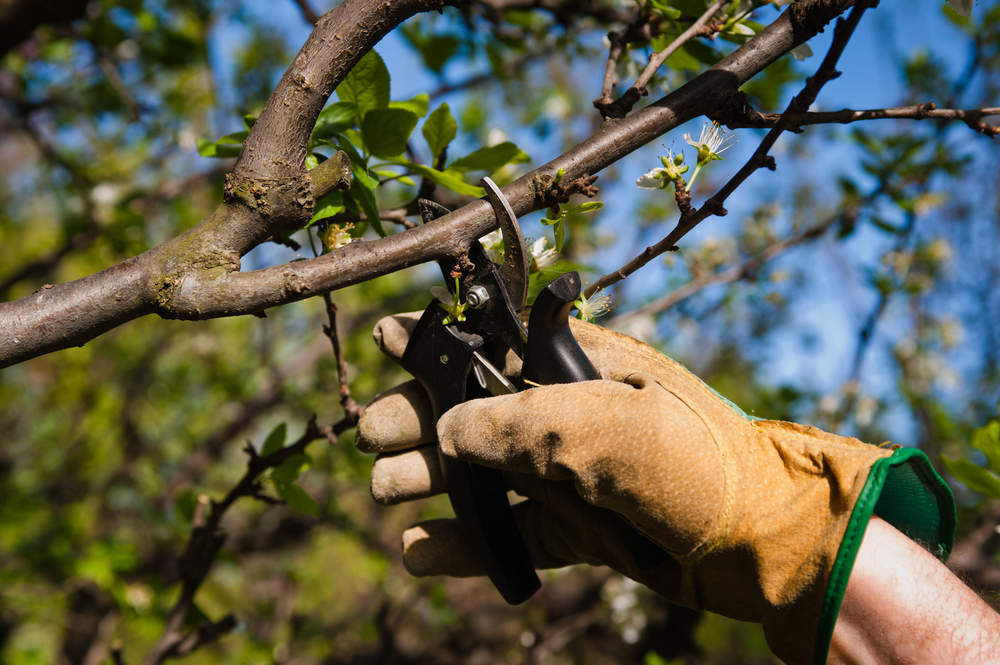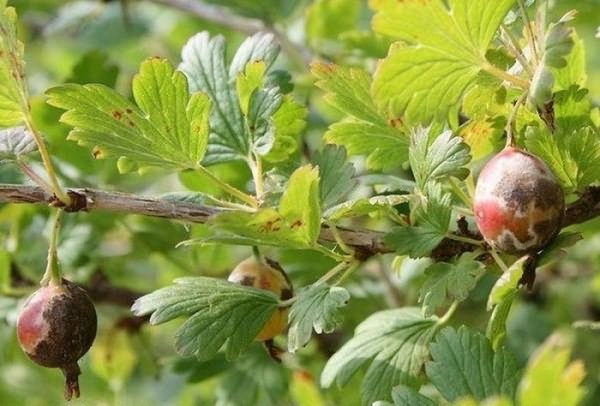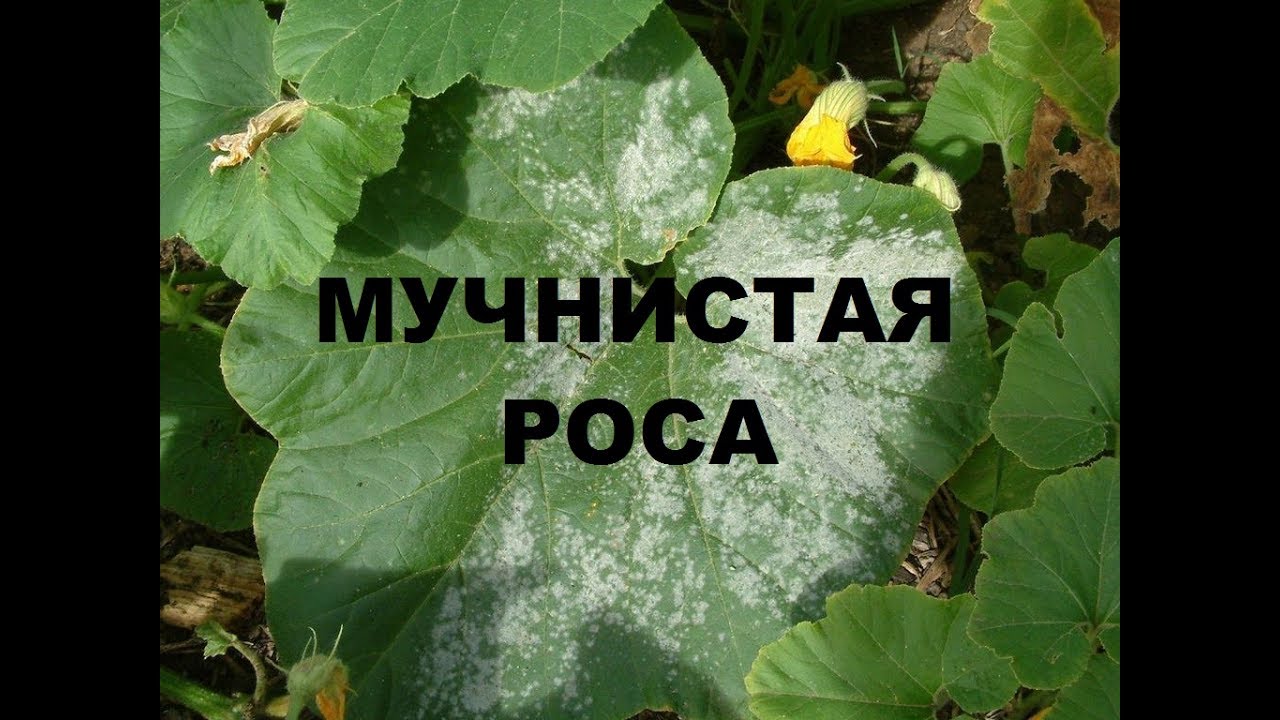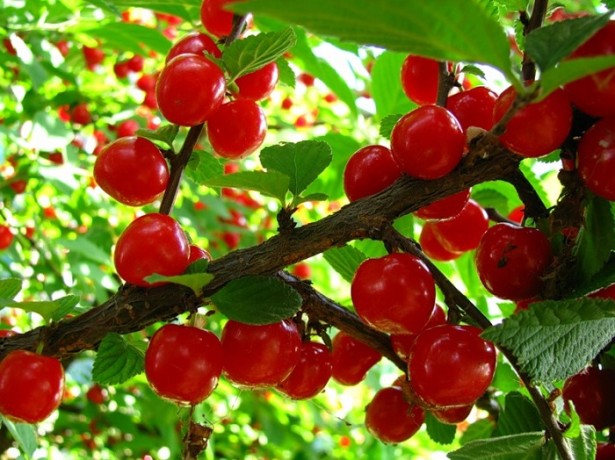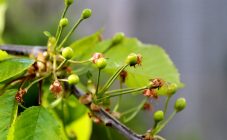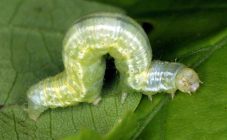Content:
Cherry is one of the most popular stone fruit plants. The culture is unique not only for its fruits, but also for its leaves. The high content of vitamins, trace elements and natural antibiotics in them normalizes blood composition and helps to fight colds.
Types of varieties
The whole variety of cultivars can be divided into 2 subgroups:
- tree-like;
- shrubby.
The tree group includes common cherries, sour cherries and Pennsylvanian cherries. A cultivated plant in the form of a bush is divided into several types:
- felt;
- sandy;
- steppe;
- prickly.
According to the method of pollination, cherry crops are:
- self-sterile, that is, capable of setting fruits only in the vicinity of a pollinator, which may be another variety of cherry;
- self-fertile trees, as the name suggests, cope with pollination on their own.
Most cherries are self-fertile. These include the varieties Bagryanaya, Generous, Sania. In total, there are more than 150. But self-fertile cherries are of greater interest, although they are in the minority:
- Rusinka;
- Night;
- Youth;
- Fertile;
- Brunette;
- Volochaevka.
Few of them can be resistant to coccomyosis and other diseases.
What is coccomycosis
The disease is inherent in all stone fruit plants, but most often it manifests itself on cherries, sweet cherries and plums. The causative agent of cherry coccomyosis is a marsupial mushroom. During the growing season, it gives 8-10 generations. The ripening period is 8-20 days. The optimal conditions for its appearance are high humidity and temperature + 18-23 ° С.
Signs of the disease
The second name of coccomyosis is brown-brown spot. To diagnose it correctly, you need to consider the sheet from both sides. Small reddish-brown spots appear on the top. On the reverse side of the leaf, pink-white mushroom pads are clearly visible.
With a strong infection, the disease spreads to the stalks and fruits. This leads to deformation and deterioration of the taste of the cherries.
The danger of coccomyosis
In cases of significant disease damage in plants, early leaf fall begins. Old trees from late July to mid-August can shed 60-80% of their foliage, while young trees are completely bare.
At the end of August, the growth of new pagons begins, which are also affected by the fungus. A diseased plant weakens immunity, it does not tolerate frost well. Over time, the cherry stops bearing fruit and dies completely. It is not possible to cure such a plant.
Cherry coccomycosis: control measures
A gardener should be like this: prevention comes first, and if something goes wrong, then treatment. The garden requires maintenance, which begins in early spring and ends in late autumn. To prevent coccomycosis of cherries, certain control measures are needed.
Preventive work:
- Before the start of sap flow, prune cherries, especially dried branches damaged by monoliosis. It is imperative to treat the cut sites with garden varnish so that infection does not get into the wounds.
- For the prevention of diseases, it is desirable to carry out the treatment with 3% copper solution or Bordeaux liquid.
- Monitor the formation of gum. The reason for its appearance may be mechanical deformation or sudden temperature changes. It is necessary to get rid of the gum, as it serves as a breeding ground for other pathogens. The sore spot is cleaned with a grip of 4-5 mm, disinfected and closed with garden varnish. A 1% solution of copper sulfate serves as a disinfectant.
- In the fall, you need to collect all the fallen leaves and burn, since the fungus easily overwinters in the fallen leaves, on which bags with spores are formed in spring.
- Dig up the soil and apply potassium-phosphorus fertilizers.
If there was a coccomyosis lesion last year, prevention will not be enough.
Coccomyosis treatment
The fight against fungal diseases of plants is difficult. In order to achieve a result, one treatment with fungicides or folk remedies is not enough. It is necessary to perform a number of complex activities in a certain sequence:
- Early spring processing. Produced by the drug Dnok (50 g per 10 l of water) or copper sulfate (200 g per 10 l of water). This type of treatment is possible only on the bare trunk, until the kidneys swell.
- Sprinkle cherries before flowering. The operation is performed 2 times: before bud break and before the buds are separated. For this, chorus or mobile means (3 g per 10 liters of water) are suitable.
- If the tree is not recovering, then the following remedial measures are taken, but not earlier than 14 days after the end of the cherry blossom. First, you need to prune all cherry branches affected by coccomyosis and burn, then make a mixture of chorus preparations (3 g per 10 l of water) and topaz (9 ml per 10 l of water) and spray them all over the cherries.
- After harvesting, one more spraying is required with a 1% solution of Bordeaux liquid.
- Autumn processing takes place after the leaves have completely fallen off. For her, you need iron vitriol in a proportion of 500 g per 10 liters of water. In addition, the fallen leaves should be completely collected and burned.
Do not forget about whitewashing trees and making autumn dressings. Trees are stained with lime with the addition of copper sulfate. Also, special acrylic-based paints for trees are suitable, which will protect against pests and temperature changes in winter.
As for fertilizers, during the autumn digging, you can add fertilizing with phosphorus and potassium, for example, superphosphate, ammophos, potassium chloride. Consumption is 35-40 g per 1 m².
Selection of varieties
To prevent on your site coccomycosis and cherry moniliosis, the treatment of which is difficult, it is worth making a choice in favor of varieties resistant to these diseases. This indicator is no less important than the yield and adaptation to weather conditions.
The felt plant subspecies is least susceptible to disease, but among the tree-like categories there is also a cherry resistant to coccomycosis and moniliosis. The most common ones are:
- Chocolate girl. The variety was bred in 1996 and is a self-fertile plant with a height of 2-2.5 m. The yield from one bush reaches 25 kg. Cherry begins to bear fruit from the 5th year. The berries have a delicate flesh and sweet taste.
- Turgenevka is a medium late and partially self-fertile variety. The tree is pyramidal, up to 3.5 m high. The cherry is large, dark in color with a sweet and sour taste. The yield per tree is 20-25 kg.
- Toy. The variety is characterized by late ripening. The height of the tree can reach 7 m. The flesh of the cherry is bright and juicy. Up to 50 kg of harvest is harvested from one tree.
- Novella is a tree up to 3 m high, partially self-fertile. Cherries of average ripening begin to bear fruit from the 4th year. Berries of maroon color with a bright sweet and sour taste.
Other diseases of cherry
In addition to the considered coccomyosis, cherries can affect:
- monoliosis;
- clasterosporium disease;
- rust.
All of these diseases are caused by different types of fungi. Each ailment causes significant damage to the plant and affects fruiting.Preventive measures are similar to those discussed above:
- spring and autumn pruning of trees;
- cleaning and destruction of fallen leaves;
- obligatory watering and feeding of plants;
- regular rejuvenation of the garden with a period of 4 years.
The infected plant must be treated according to the coccomycosis control scheme.
Pests
The tree can be attacked not only by diseases, but also by harmful insects:
- cherry fly;
- aphid;
- leaf roll;
- cherry pipe-runner.
The most dangerous among them is the cherry fly. Only early cherries have time to ripen before the appearance of adult insects, so they are not afraid of this pest. Medium and late varieties suffer most from it. The laid larvae grow and develop at the expense of the fruit. After the larva grows up and gets out, the berries are completely unusable. Up to 30% of the crop suffers from this pest; for sweet cherries, this figure can reach 80%.
Treatment of a plant from a cherry fly is carried out with Actellik (12 ml per 10 l of water) or Twix (20 ml per 10 l) no earlier than 10 days after the end of flowering. Late ripening varieties should be re-processed after 10-12 days.
For all other pests, treatment can be carried out with insecticides Enzhio (3.6 ml per 10 l of water), Actellik (12 ml per 10 l of water) or Twix (20 ml per 10 l). You need to spray before flowering or immediately after it.
A plant affected by a fungal disease or pest is not able to withstand bad weather conditions. He has a weak laying of fruit buds and, as a result, the yield decreases. If you do not take drastic measures to identify cherry coccomyosis and treatment, then over time, the diseased tree will die, and all the work on planting and caring for it will be in vain. Every gardener should know this and follow the advice above.

